The story of the S.S. Central America, which is told below, is both historically and numismatically significant. Historically speaking, the sinking of the ship caused massive casualties, financial crisis in the United States, and despair among victim’s families. Numismatically speaking, the loss of the S.S. Central America led researchers and investors to the greatest treasure trove of coins and bars in recorded history. Q. David Bowers makes the case in his book America’s Greatest Treasure Ship: The S.S. Central America, that the release of the Treasury coin hoard in the 1960s would be the only numismatic event to rival the sinking of the S.S. Central America and the subsequent recovery of her treasure. So what do these two events have in common that makes them so important? In both cases, the scale and distribution of the findings, the location of something long lost to history, and the immense modern value of the findings could all be considered significant. The coins and bars recovered from the wreck sat undisturbed on the ocean floor for 126 years, bound to their watery grave. The efforts from a team of researchers, divers, investors, and marketers later returned these coins and bars to the hands of collectors.
When it comes to shipwrecks, a few famous ones come to mind: the Atocha, the 1715 Plate Fleet, and the S.S. Central America, to name a few. The S.S. Central America may be among the most famous, and most well-documented of them all.
The story begins on August 20, 1857 in the Bay of San Francisco. 400 passengers board the Pacific Mail Steamship Company’s ship, the S.S. Sonora, bound for New York via Panama. On board the ship were over 100 bags of mail, livestock, and consignments of gold coins and bars whose value exceeded $1.2 million. In addition to the registered coinage, each passenger had their own valuables and possessions, so it is estimated that nearly $2,000,000 was on board the ship.
The Pacific portion of the journey was relaxing and calm…some would say uneventful. The passengers arrived in modern-day Colón after brief stops Manzanillo and Acapulco. Early on the morning of September 3rd, the passengers disembarked the vessel and were shuttled via the Panama Railroad across the Isthmus of Panama where they stayed in local accommodations until the departure of the S.S. Central America later that day, bound for New York.
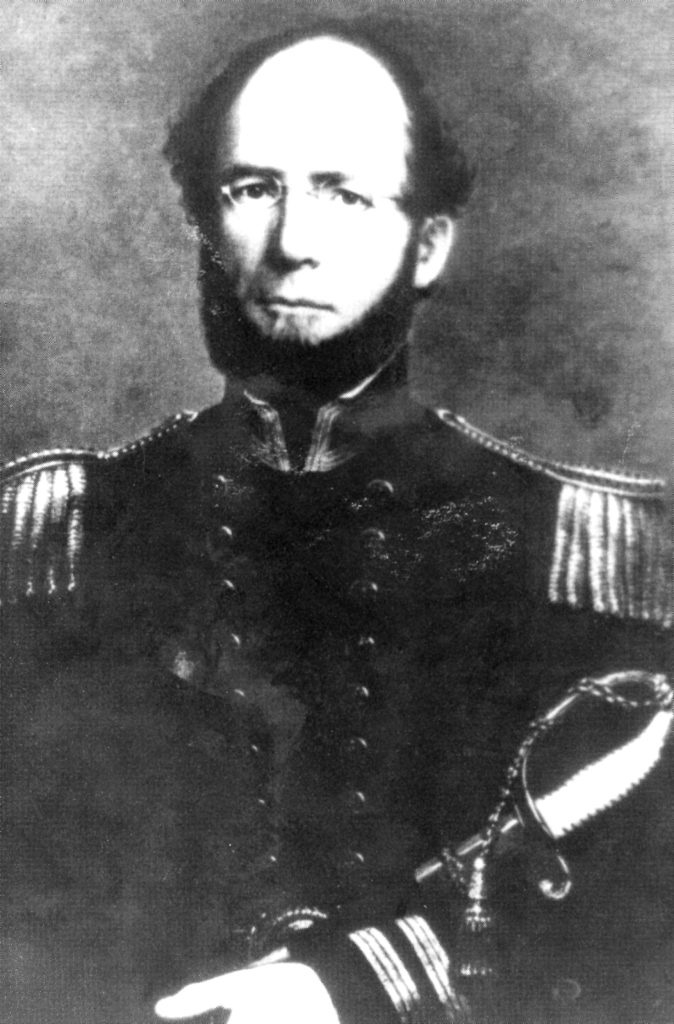
In the late afternoon of September 3rd, 1857, Captain William Lewis Herndon greeted passengers as they arrived at the dock. Some passengers had enjoyed the voyage from San Francisco to Panama, but they also picked up new passengers in Panama. Captain William Herndon was a very accomplished Navy Officer. In his early days, he served under Commodore Matthew Perry in the Mexican-American War, was the commander of a small steam vessel called The Iris, and in 1851-1852 became the first American to traverse the Amazon River. His journey began by climbing the Andes Mountains on the Pacific coast. He arrived at the headwaters of the Amazon River and crafted a boat to take down the river. He then navigate a distance of 4,100 miles to the river’s exit on the Atlantic coast.
The passengers on the S.S. Central America settled in to their cabins. The number of people on board had grown to nearly 600, with crew and passengers combined. The ship sailed at 12 miles per hour, was 278 feet long, and weighed 2,141 tons. The ship was constructed in New York by William H. Webb and was powered by oscillating steam engines made at the Morgan Iron Works. It entered service on October 20, 1853 and had sailed from New York City to Aspinwall, Panama 43 times by the time the September 1857 voyage took place. Along the route was a scheduled stop in the port of Havana. The ship had recently been renamed from S.S. George Law to S.S. Central America when a new ownership group obtained the vessel. The new ownership group cut cost where they were able to maximize their profits. The food was often spoiled, there was overcrowding, the accommodations were not well kept, and the crew was not well trained. Furthermore, there were rumors that the vessel was not seaworthy due to years of neglect. Over the course of its 5 year tenure, the route had become so routine that there was little need for safety measures like drills or preservers.
Late in the day on September 3, 1857 the S.S. Central America departed for New York City with calm seas and ideal weather. The sky was spotted with a few cumulus clouds, but nothing that would cause any type of concern. Besides, after 43 previous voyages, the worst incident that the Central America had recorded was grounding on a reef and some high swells. However, life rafts had never been deployed in the five year history of the vessel.
On September 7, 1857 the ship arrived in Havana. Coal was brought on board while some passengers explored the town. Havana was plagued with Yellow Fever at the time, though, so not many people chose to leave the ship. Some passengers and crew departed the ship to stay in Havana, and a few new passengers boarded the ship for the journey to New York. Among the new passengers were survivors of the recently wrecked Vespasian ship which went down on Old Providence Island in the Bahamas. But, not everyone was lucky enough to secure a ticket to leave Havana. J.C. Lenea purchased a ticket to sail on the Central America, but while he was waiting for his luggage to be brought to the dock, the vessel left without him. The S.S. Central America left the dock at 9:25 A.M. on Tuesday, September 8th, 1857, fully loaded and headed to New York City through the Straits of Florida.
The first report of any inclement weather was on September 8th, 1857 when the ship’s second officer reported that the vessel had sailed 286 nautical miles in the proceeding 26.5 hours. There were swells forming that suggested a storm was incoming, but the crew remained unalarmed and chose to proceed on as scheduled. Over the coming hours, the breeze turned in to gale force winds, and the ship was tossed around more. This was common on sea voyages, though, and any bad weather typically passed quickly. Passengers played cards or read to pass the time, while others stayed in their rooms suffering from sea-sickness. There was no way to predict how long the storm may last, and it continued throughout the night. The next morning, the hopes of calm sees were dashed as the storm continued to rage on. The sails and rigging were torn and most passengers stayed below deck. It became evident at this point that the ship was sailing through a hurricane.
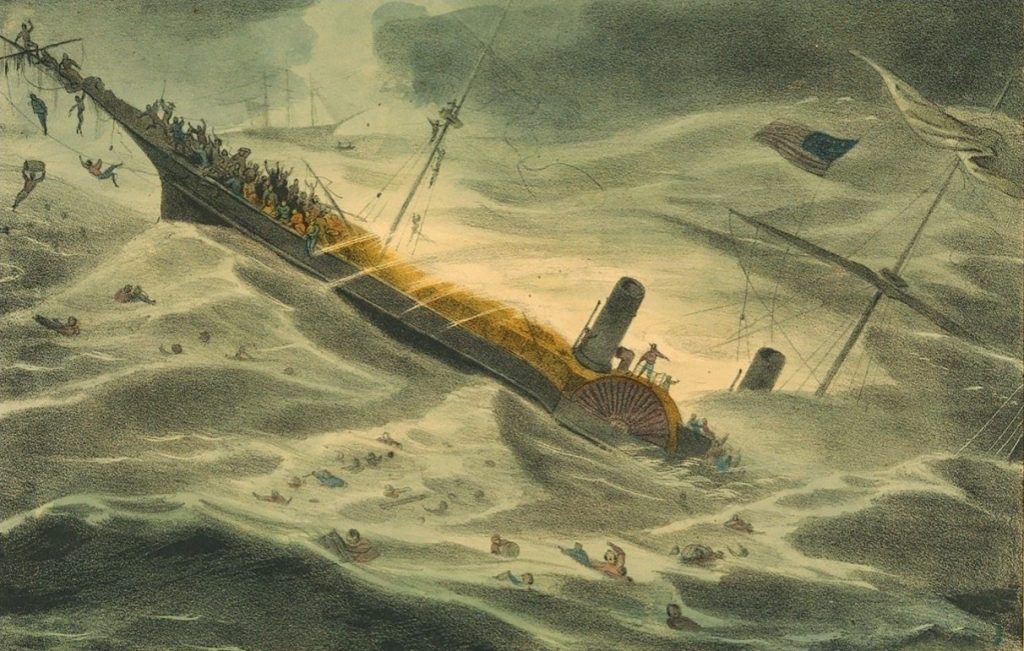
Friday, September 11th, 1857 came around and there was no relief from the storm. High winds continued to pound the ship and Captain Herndon attempted to keep the vessel pointed into the wind. It was on this Friday that the ship was no longer considered water-tight. The vessel began to take on water through the driveshaft and through open portholes. As the waves became increasingly larger, it was no longer feasible to continue feeding the coal into the boilers. The crew down below gave up their efforts of feeding the boilers once the hull of the ship had become flooded, and the water surrounding the boilers was scalding hot. By 11 A.M. the Captain declared the vessel in danger and ordered all men aboard to form a bucket brigade to remove the water from the ship. The wind continued to push the ship back and forth, and at one point, Captain Herndon asked all men to stand on the starboard side of the ship to help prevent it from rolling over. By 1:00 P.M. the main engines had stopped running. By the end of the day, much of the ship was filled with water, cabins were no longer in habitable conditions, and the food service had stopped.
Saturday offered little to no relief from the storm. The strength of the hurricane had taken its toll on the vessel. Captain Herndon ordered that their American Flag be flown upside down to alert passing ships of their distress. After all, this was a well-traveled route and they were bound to be seen. Despite the Captain’s best efforts, the passengers on board began to grow fearful. Some fought with each other and declined to help with the bucket brigade. Others worked tirelessly to bail water from the ship. Women offered to help, but the men decline their help as a sign of chivalry. Captain Herndon urged the passengers to be patient for a few more hours, as he figured that help would surely arrive. By 10:00 A.M. on Saturday, September 12, 1857 the storm was finally beginning to pass and the worst of the storm had passed. But, it was too late. Too much damage had been done to the ship to continue to be sea-worthy. The ship continued to fill with water at its lowest points, slowly beginning to drag the vessel beneath the horizon. The men on board used barrels to purge around 400 gallons of water per minute. Even so, their pace was not fast enough to keep up.
Finally, at 1:00 P.M. on Saturday afternoon, the sail of the brig Marine was seen on the horizon. Captain Herndon ordered the women and children on board to begin boarding the lifeboats. The Marine was under the command of Captain Hiram Burt and had 10 crew members on board. Their vessel was badly damaged as well, but still afloat. In the rush of taking their personal belongings, some people threw out bags of gold coins on the deck of the ship and told anyone who wanted the coins to take them for themselves. A few ladies help themselves to a coin or two, but most people did not. The chaos is described here:
“According to the statements made by many of the survivors, there was seldom so large an amount of money owned by the passengers as was the case with those who came by the Central America, and the quantity of treasure on board was, consequently, far greater than the one and a half to two millions named on the freight list. Many, indeed, were persons of large means, and there were but few whose immediate wealth did not amount to hundreds, while numbers reckoned their gold by the thousands of dollars…But as the storm continued to rage, less and less was thought of the gold, and when, on Saturday, it became evident that they were likely at any moment to be buried beneath the waves, wealthy men divested themselves of their treasure belts and scattered the gold upon the cabin floors, telling those to take it who would, lest its weight about their persons—a few extra ounces or pounds—should carry them to their death. Full purses, containing in some instances thousands of dollars, lay around untouched.”
Lost and Found: Coin Hoards and Treasures by Q. David Bowers
Over the next several hours, women and children were taken to the Marine vessel to make their way to safety. The vessel took on dozens of new people, including some crew members of the S.S. Central America, which was a topic of later up-rage. Passengers assumed that the crew members would shuttle women and children back and forth, but many of the crew members stayed at the Marine once they reached it. Fights and drunkenness continued on board of the S.S. Central America while rescue efforts were taking place. The Marine had begun to drift far away from the Central America, so it was no longer useful in rendering aid. In total, 109 passengers were moved to safety. Later, the El Dorado vessel from Boston passed close the Central America, but despite its Captain’s best efforts, it was unable to rescue any passengers since it was disabled itself.
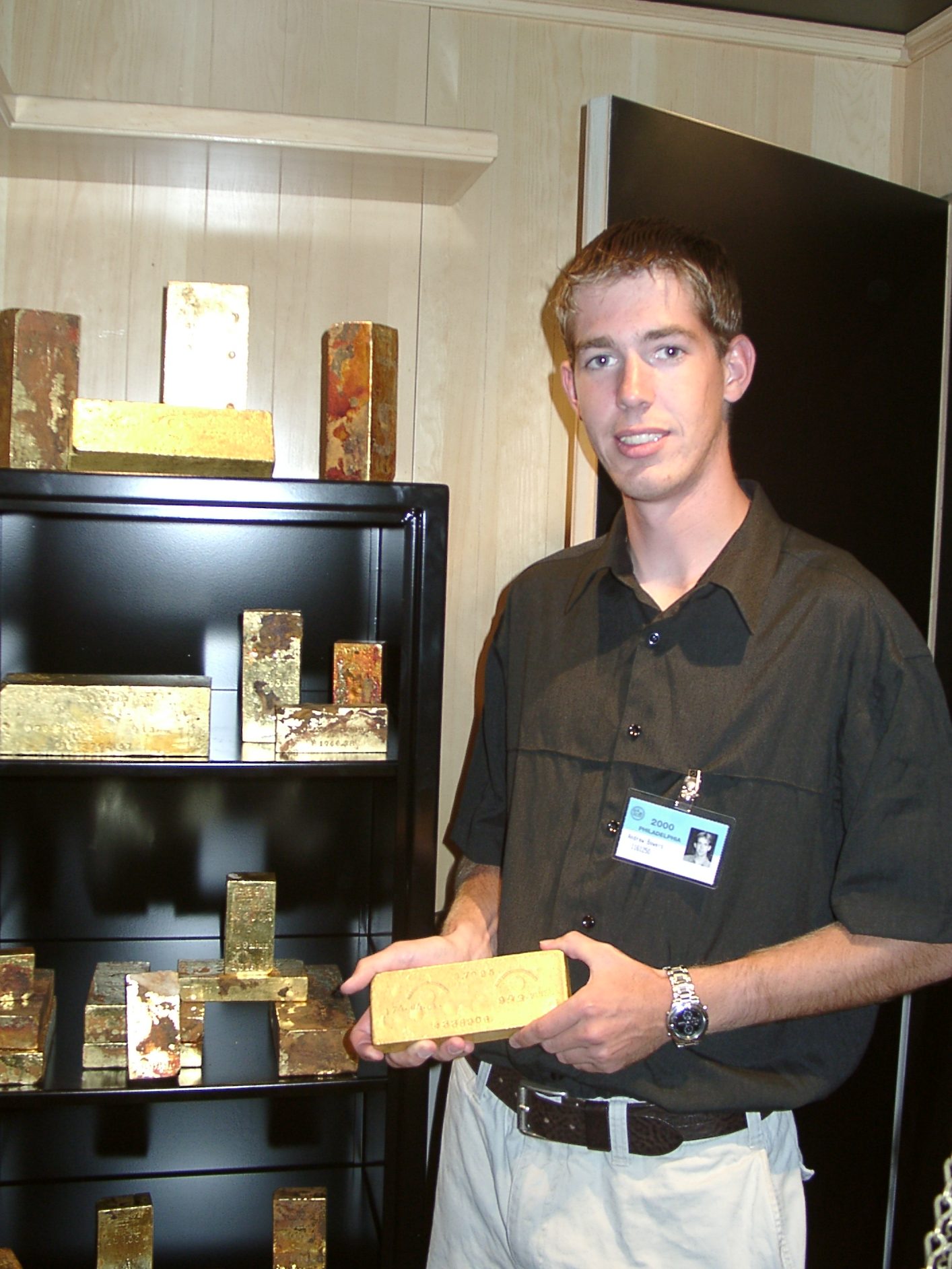
Shortly after 8:00 P.M. on Saturday, a wave hit the S.S. Central America that proved to be the final blow. With Captain Herndon on the starboard side of the ship, it fell beneath the waves, not to be seen again. Some of the people on board included James Birch, the President of the California Stage Company, who went down with $70,000 in gold, and John and Anson Horne of Missouri who has $4,000 and $6,000 respectively. The Horne brothers piled the gold between them, held hands, and went down with the ship. One of the more fortunate passengers was Stephen C. Caldwell who survived by holding on to a floating door. He had 20 pounds of gold dust and coins strapped to his belt.
Shortly after going under, the ship came to rest 7,200 feet below the surface, 160 miles off the coast of Charleston, S.C. In addition to the passenger’s treasures that were scattered about, the entire storeroom of registered California gold remained intact. Over the coming days, several dozen passengers were picked up by the Norwegian ship Ellen, and three more were picked up a few days later by the British ship Mary. Among the survivors picked up by Mary was John Lorimer Graham Jr., a numismatist of the day. Several years later he purchased at auction a silver medal commemorating the loss of the S.S. Central America. In 1867, his cabinet was stated by be the most valuable in the country. In total, 435 lives were lost and 162 were saved.
In 1985 a group of entrepreneurs and investors headed by Thomas G. Thompson, Bob Evans, and Barry Schatz formed Recovery Limited Partnership to finance the search for the S.S. Central America. Evans and Thompson compiled the passenger and crew historical accounts to provide clues as to the location of the wreck. They entered their data on a 12′ x 12′ sheet of paper, arranging the historical accounts into 3 hour time slots that covered the period of the storm. They then took their research to Dr. Lawrence D. Stone, a leading expert on search theory, to have him analyze their data and provide and estimate location for the wreck. Stone created computer models to show possible sinking scenarios. With the data provided, a 1,400 square mile search radius was established.
Sea operations for the search began in 1986. The researchers used several vessels for research over the initial 2 year periods, including Pine River, Nicor Navigator, Arctic Discoverer, and finally Nemo. On September 11, 1988 the team began their dive on a new target. As the bottom of the ocean came into view, there were cheers and excitement around the deck of the boat. The video monitor displayed the side-wheel of the S.S. Central America lying on the floor of the ocean. The identity of the wreck was confirmed once again when the ship’s bell was recovered. It was marked MORGAN IRON WORKS NEW YORK 1853.
In 1989, the recovery of the wreck commenced by Columbus-America Discovery Group. The ship and recovery vessel, Nemo, were both upgraded to have new features that would aid in the recovery efforts. In September 1989 the announcement was made that the S.S. Central America had been discovered. The recovery efforts were continued until 1991.
What Coins and Bars Were Found On Board the S.S. Central America?
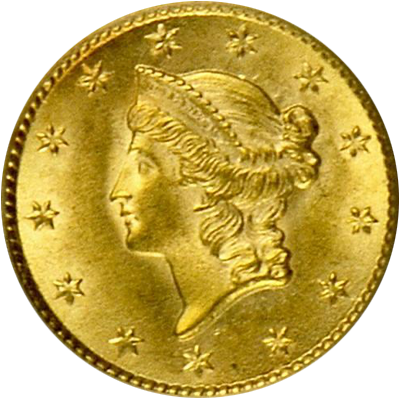
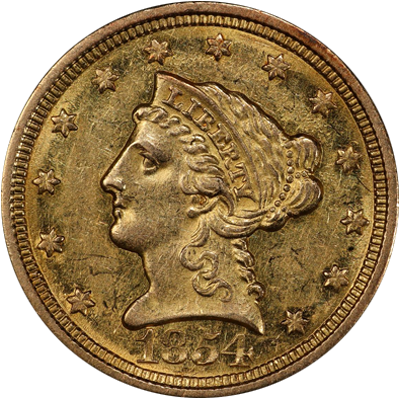

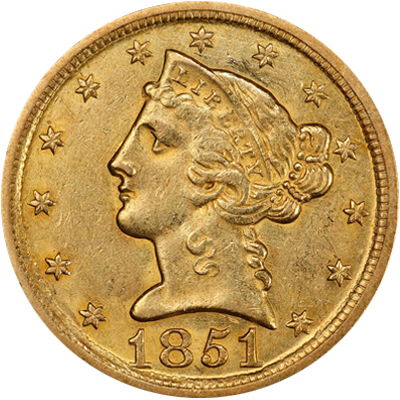
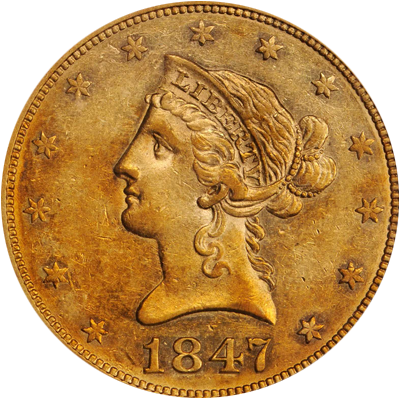
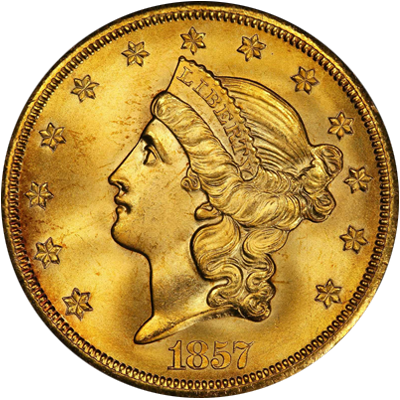
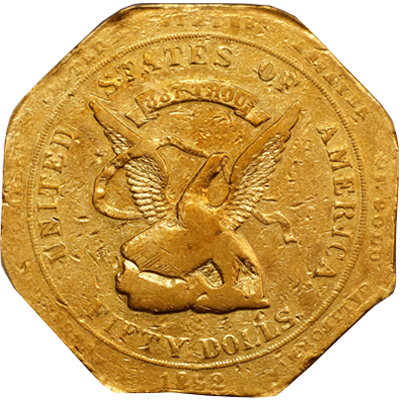
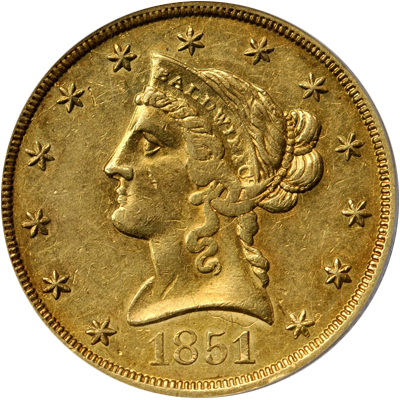
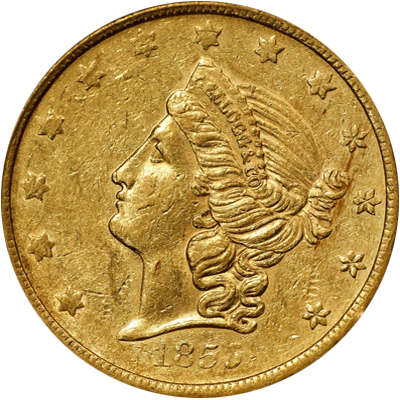
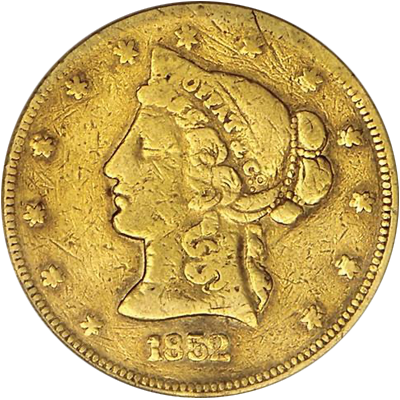
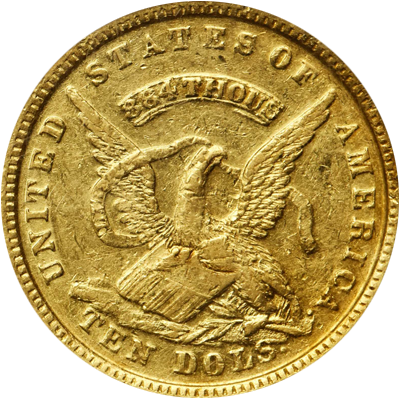
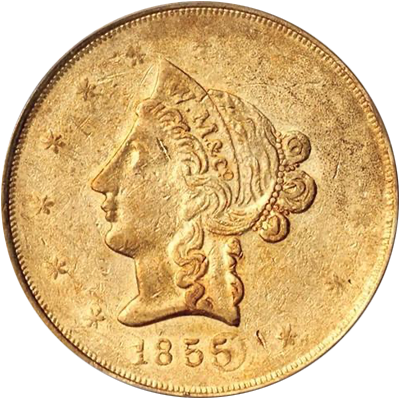
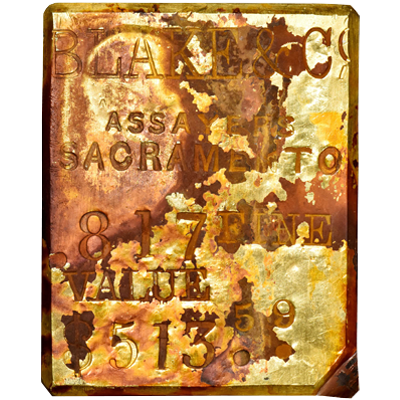
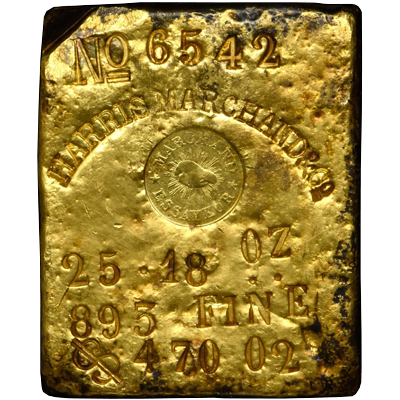
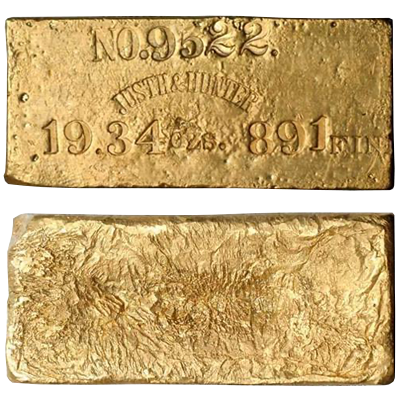
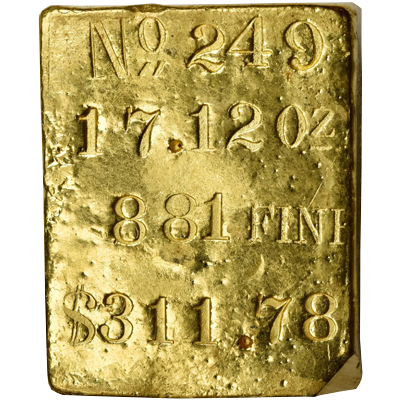
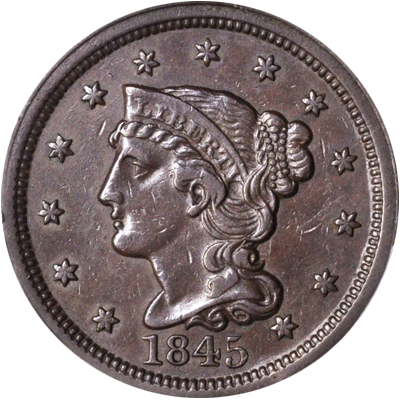
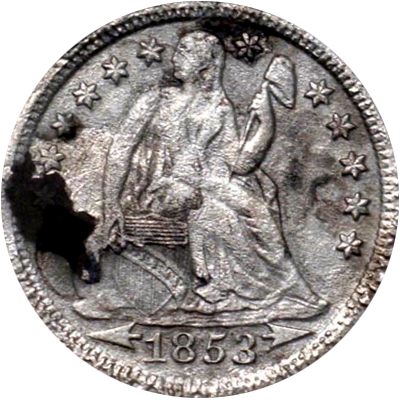
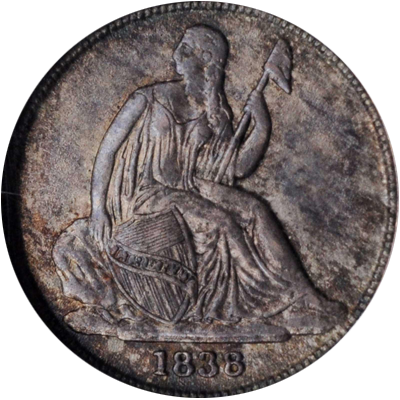
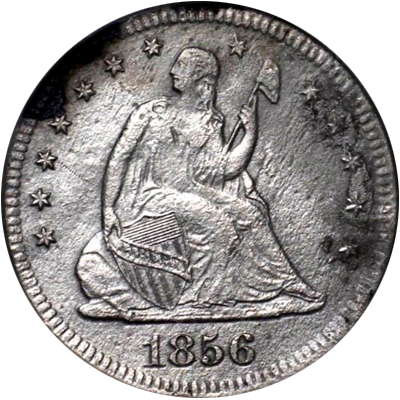
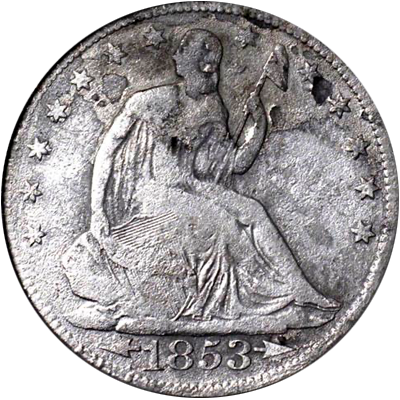
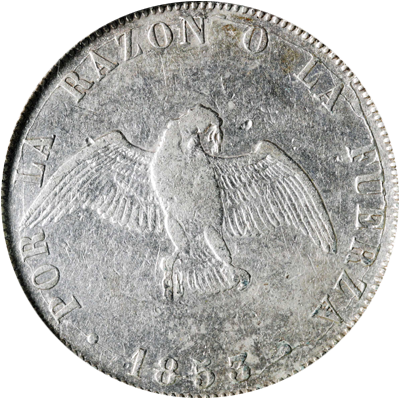
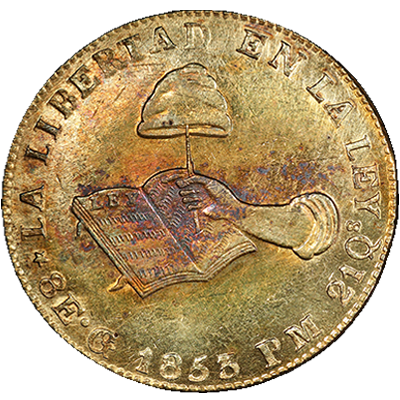
Sources
Bowers Q. David. Chapter 14: Gold Rush Treasure: SS Central America. In: Lost and Found Coin Hoards and Treasures: Illustrated Stories of the Greatest American Troves and Their Discoveries. Atlanta, GA: Whitman Publishing, LLC; 2015:231-259.
Bowers Q. David. American’s Greatest Treasure Ship: The SS Central America: The Second Treasure-Finding Journey. 2nd ed. California Gold Marketing Group; 2019.





